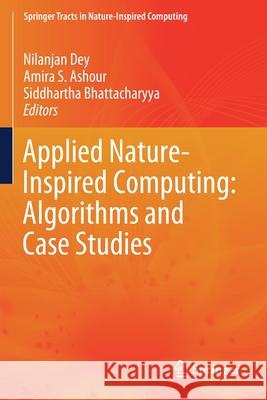Applied Nature-Inspired Computing: Algorithms and Case Studies » książka
topmenu
Applied Nature-Inspired Computing: Algorithms and Case Studies
ISBN-13: 9789811392658 / Angielski / Miękka / 2020 / 275 str.
Applied Nature-Inspired Computing: Algorithms and Case Studies
ISBN-13: 9789811392658 / Angielski / Miękka / 2020 / 275 str.
cena 402,53
(netto: 383,36 VAT: 5%)
Najniższa cena z 30 dni: 385,52
(netto: 383,36 VAT: 5%)
Najniższa cena z 30 dni: 385,52
Termin realizacji zamówienia:
ok. 22 dni roboczych
Dostawa w 2026 r.
ok. 22 dni roboczych
Dostawa w 2026 r.
Darmowa dostawa!
Kategorie:
Kategorie BISAC:
Wydawca:
Springer
Seria wydawnicza:
Język:
Angielski
ISBN-13:
9789811392658
Rok wydania:
2020
Wydanie:
2020
Numer serii:
000925820
Ilość stron:
275
Waga:
0.41 kg
Wymiary:
23.39 x 15.6 x 1.52
Oprawa:
Miękka
Wolumenów:
01
Dodatkowe informacje:
Wydanie ilustrowane











